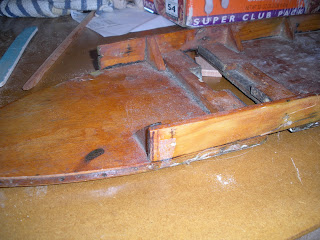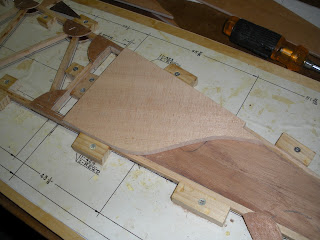Wow, three new people visited today (Dec 15, 2012)!
Below is a photo of John Schwarzkopf. John is taking on a project that was previously stalled. We have thousands (yes, thousands!) of model airplanes that we would like to sell. They have been put into a database and sorted. Then nothing, until John came along and volunteered to put them on ebay. He takes a couple at a time and takes photos, writes descriptions, posts ads, mails the models, and finally delivers MONEY to EAA 143. Cooool!
Who would've thought that ebay expertise would be so valuable to our glider project. The money that comes in is going toward our spar purchase, which is currently holding up our wing project. So, thank you John!
Two other visitors today:
John Kraft's grandson Gregg visited. Young blood--Fantastic! We need all ages, but right now we are heavily weighted towards the senior citizens. Moral of the story, if you are a young or old, or somewhere in between, come on out. Everyone is welcome.
Rishab Shyam also visited. Rishab just earned his private pilot license earlier this year, and now wants to learn about building airplanes because someday he may want to build his own. He flies a rental often, and will be in this area for another year or so while he finishes his PHD in biomedical engineering at John Hopkins.




















































